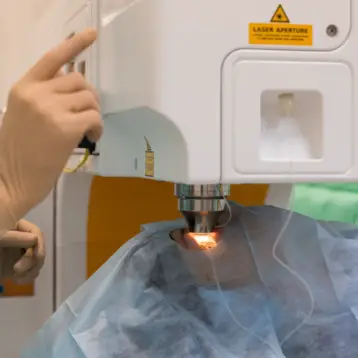|
Telomeres are regions of repetitive DNA occurring at the end of chromosomes .The main purpose of these sequences is to give stability to the chromosome and prevent damage to the genetic material. During cell division the chromosome cannot be duplicated in full and the telomeres serve as disposable buffers as they do not contain any genetic information. This mechanism is limited to a fixed number of divisions.
Cortisol is a corticosteroid hormone that is released in adrenal gland at the event of stress. It increases blood pressure, blood sugar levels, and suppresses the immune system in order to prepare the body for a fast reaction to a threat. In the long run, these could be harmful. Our bodies were built to react very efficiently to pressing dangers but not long-term stress.
|
The scientists at UCLA discovered that among other harmful effects, the hormone cortisol is also involved in the suppression of telomerase activation in immune system cells. This would mean that under long lasting pressure, the telomeres are not extended after each cell cycle in immune cells specifically, which leads to early cell aging. This may explain the fact that the cells of persons under chronic stress have shorter telomeres. If high levels of cortisol remain in the bloodstream for a long time, the immune system is compromised.
This study tells us that people under chronic stress are more vulnerable to illness. It also points to a process one might fix with a suitable drug. The researchers are now searching for a clinical way to enhance telomerase levels, thus aiding the immune system in fighting the cortisol effect. If such a drug is created, it would help prevent damage to the immune system of people under constant stress, such as such as caregivers to chronically ill family members, soldiers, air traffic controllers, astronauts, and people who drive long daily commutes.
TFOT has recently covered other stories related to aging. One such story covers a discovery made by biologists at the University of Southern California that managed to achieve a 10-fold life span extension in baker’s yeast by mutating two of the yeast’s genes. Another story describes a new method which decreases neuron loss rate in mice bearing Alzheimer’s disease and ALS analogues.
The press release from UCLA can be found at the UCLA newsroom.











